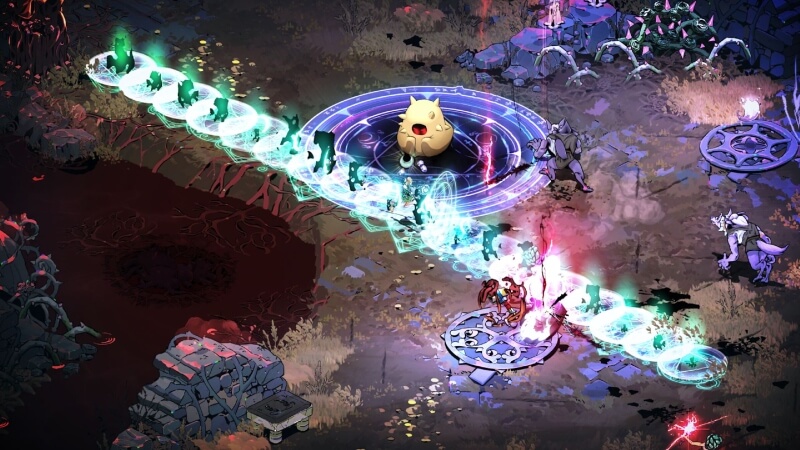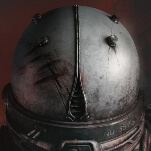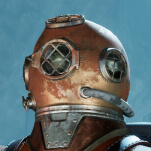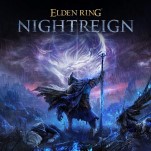Hades II Is a Rich, Strong, Resonant Echo—But an Echo Nonetheless
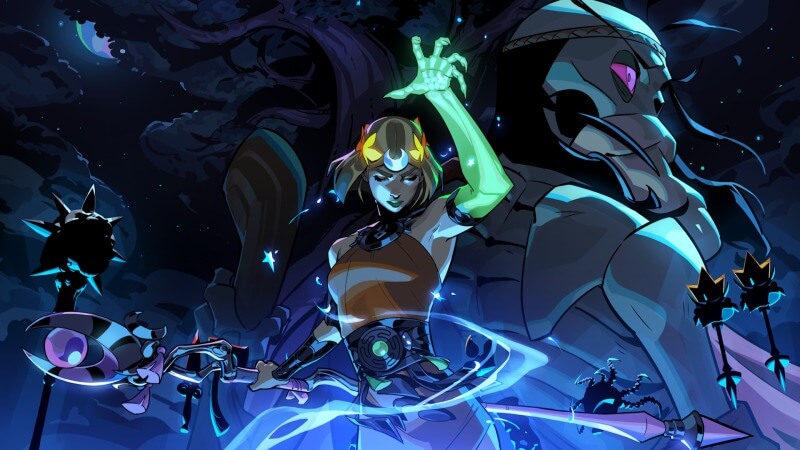
Melinoë comes from a broken home—literally. The daughter of Hades and Persephone, and younger sister of Zagreus, lives in a tent in the woods because the god of time, Chronos, ransacked their house during a war on her extended family—and maybe kind of killed her dad? Hey, we’ve all been there. It’s unclear at first what’s happened to her brother and parents, who players might remember from 2020’s excellent Hades, but suffice to say they’re out of the picture. And so, naturally, Melinoë wants revenge.
Thus Hades II elides a central and occasionally cringe-worthy aspect of its progenitor: hero Zagreus’s petulant, emo-riffic problems with his dad. Of course Zag’s daddy issues were just the launchpad for a deeper, richer, more thoughtful story about family, existing as an individual within a group, and the lies we tell our loved ones, both the truly bad lies and the necessary ones. Melinoë’s ongoing feud with the clock king has some weighty issues propping it up, but it might default a little too often to the vengeance playbook. And Chronos himself, sadly, is a bit of a dud—a sinister, effete martinet who is trying to exact his own vengeance from the Olympians, but keeps a special hatred burning for Persephone’s little girl.
Fortunately Chronos is just one of a myriad of mythological figures Melinoë encounters throughout Hades II, and it’s through these allies and enemies that the characteristically adept writing Supergiant Games is known for shines. In the absence of her parents Melinoë is being trained by the woman she calls Headmistress, the witch goddess Hecate, a strict but caring authority figure who pushes Melinoë hard for her own good. Also residing in their camp is Odysseus, who naturally aids the two in planning, and whose rich, velvety baritone might be the most pleasing sound in the game. A couple of familiar faces from the House of Hades are also on hand, including the perpetually asleep Hypnos and everybody’s favorite character Schelemeus, the skeletal trainer from Crete who sounds like a Bowery Boy. Guests come and go from The Crossroads—the official name for Hecate’s camp, which serves as the game’s hub world between runs into the Underworld—and Melinoë’s relationship with them all can grow and change the more she talks to them and gives them gifts. She can even invite them to a bath in nearby hot springs, a more intimate setting that leads to longer conversations with a flicker of romance.
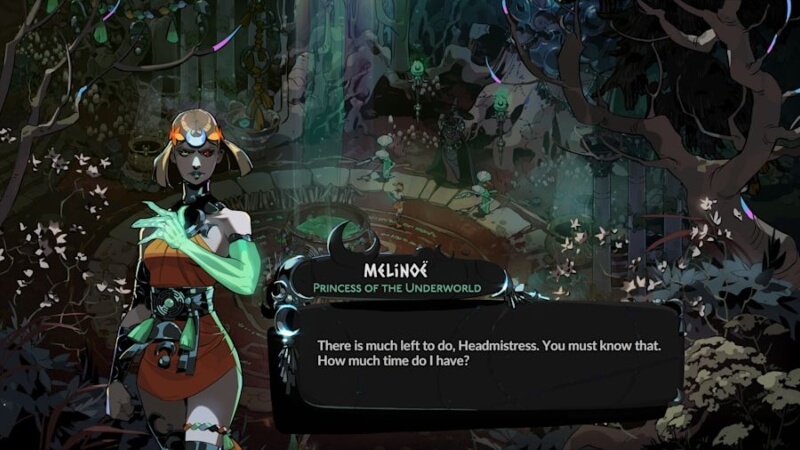
Melinoë’s most poignant relationships are with two other young goddesses—both of whom are almost like sisters to her, but with very different attitudes. Artemis appears in The Crossroads sporadically and clearly has a special bond with Melinoë; the two can join in song together, and Artemis will occasionally help Melinoë in combat by striking “marked” enemies with her arrows. Nemesis, meanwhile, sees Melinoë as an inferior rival, and believes Melinoë’s special mission of taking Chronos down should be her own. Nemesis is a regular resident of The Crossroads, and also appears frequently during Melinoë’s runs in the Underworld, and their contentious anti-friendship makes for the game’s most compelling drama.
-

-

-

-

-

-

-

-

-

-

-

-

-

-

-

-

-

-

-

-

-

-

-

-

-

-

-

-

-

-

-

-

-

-

-

-

-

-

-

-

